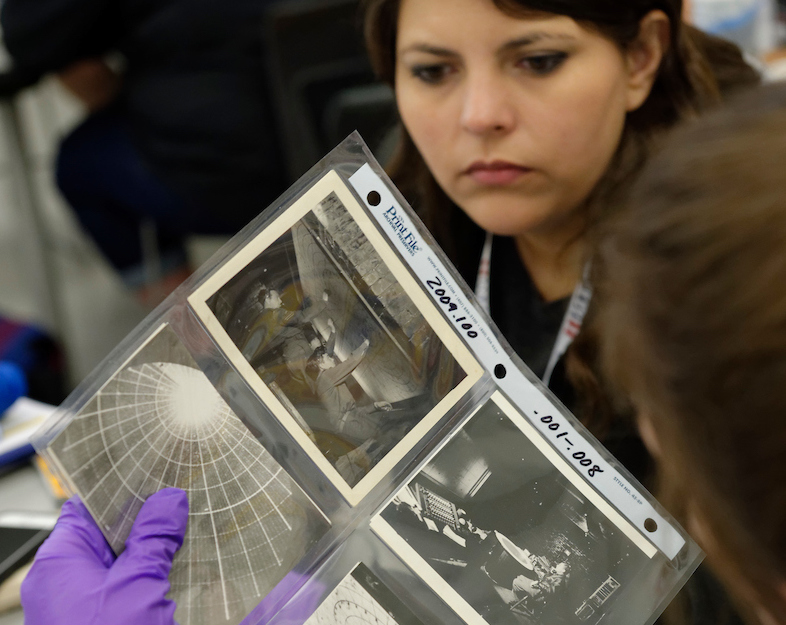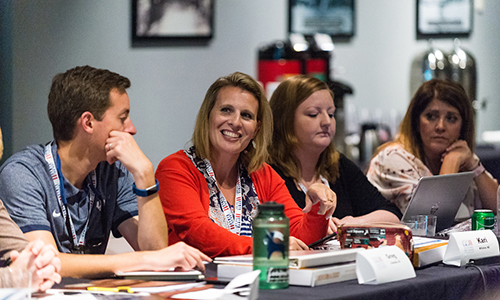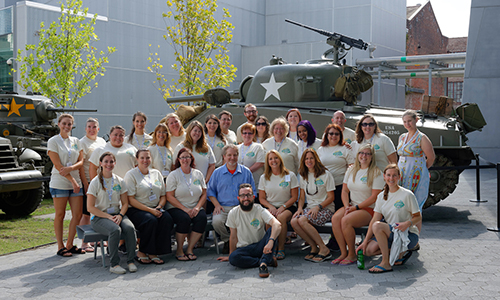When the United States declared war on Japan on December 8, 1941, one day after the infamous attack on the US naval base at Pearl Harbor, the country was suddenly driven out of a period of isolationism and onto the world’s stage as it mobilized the great arsenal of democracy. The journey was not easy, as the United States had to tackle significant challenges at home to meet the sudden demand for supplies and equipment needed to prepare for battle. Through essays, lesson plans, and multimedia resources, this curriculum guide will help students explore how the nation came together to solve complex problems created by the war, as well as the impact it had on the lives of everyday Americans due to wartime practices such as rationing, the draft, and segregation.
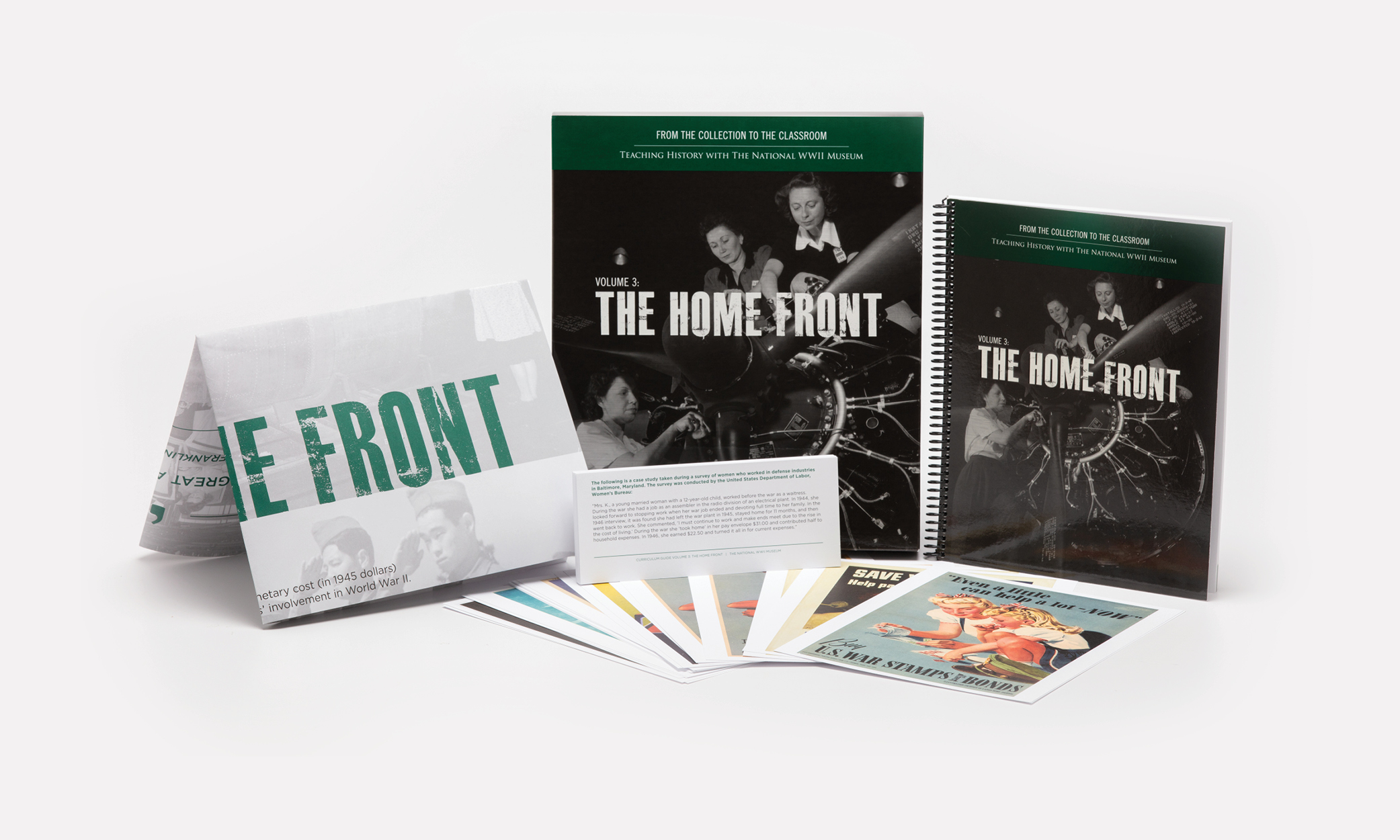
What You See Here: Life in a Secret City
The Manhattan Project was possible through the labor of over 100,000 people from across the United States, but each individual operated under a strict governmental policy of secrecy. With so many gathered together, secret cities formed so those who worked to make the first atomic bombs could also carry out usual activities of daily life. In this essay, get a glimpse into the lives of four different workers who contributed to the Manhattan Project and see how they attempted to maintain ordinary lives while in an extraordinary place.
Chronology of the Manhattan Project
A timeline of major events from the first breakthroughs in nuclear fission to the use of atomic bombs in World War II.
By the Numbers in the Manhattan Project
A collection of statistics illustrating the scale of the Manhattan Project and the power of the atomic weapons the project produced.
Interactive Glossary on the Manhattan Project
A selection of key terms related to nuclear science and the Manhattan Project with corresponding video clips for certain terms.
Who's Who in the Manhattan Project
Biographies of major political, military, and scientific figures who directly contributed to the Manhattan Project.
Destroyer of Worlds: The Making of the Atomic Bomb
At 5:29 a.m. on July 16, 1945, an atomic bomb detonated in the New Mexican desert, signaling the beginning of the atomic age. The world forever changed on the day of the Trinity Test, but how did the creation of such a powerful bomb become possible, and why did the American government see its creation as so necessary? This essay explores the origins of nuclear science and how the United States found itself on the path to creating the world's first atomic bomb.
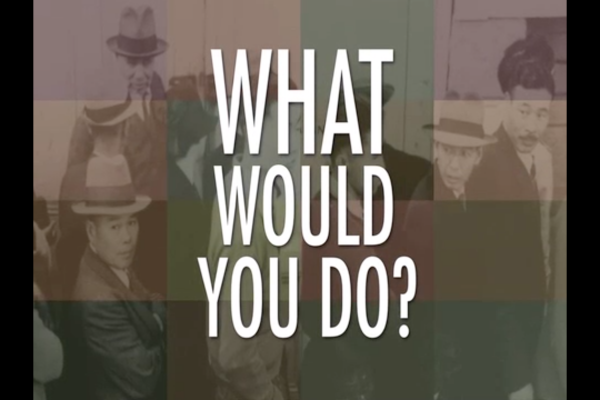
In the aftermath of the Japanese Empire’s attack on Pearl Harbor, the loyalty of Japanese American citizens fell under suspicion, leading to the incarceration of over 100,000 Japanese Americans in internment camps. In this scenario, students must decide how they would respond to the difficult decision that faced young Japanese American men who were recruited to join the 442nd Regimental Combat Team and fight for the United States after enduring incarceration by that very government.
The Arsenal of Democracy Scrapbook
This scrapbook contains clippings excerpted from actual newspaper articles written during World War II. Each clipping describes a war-related product being produced someplace in the United States. Most of the clippings also describe challenges the companies faced in manufacturing these goods, and/or strategies they employed to help produce goods more efficiently.
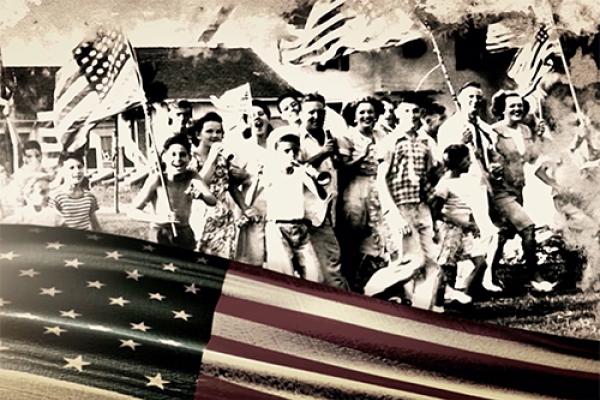
Tune in to WYES and The National WWII Museum's Electronic Field Trip all about the lives of students during World War II. Follow student reporters as they explore the Museum, learn about rationing, grow a victory garden, dance the jitterbug, and collect scrap for the war effort.
Propaganda posters for use with the More Than Words Can Say Lesson Plan
